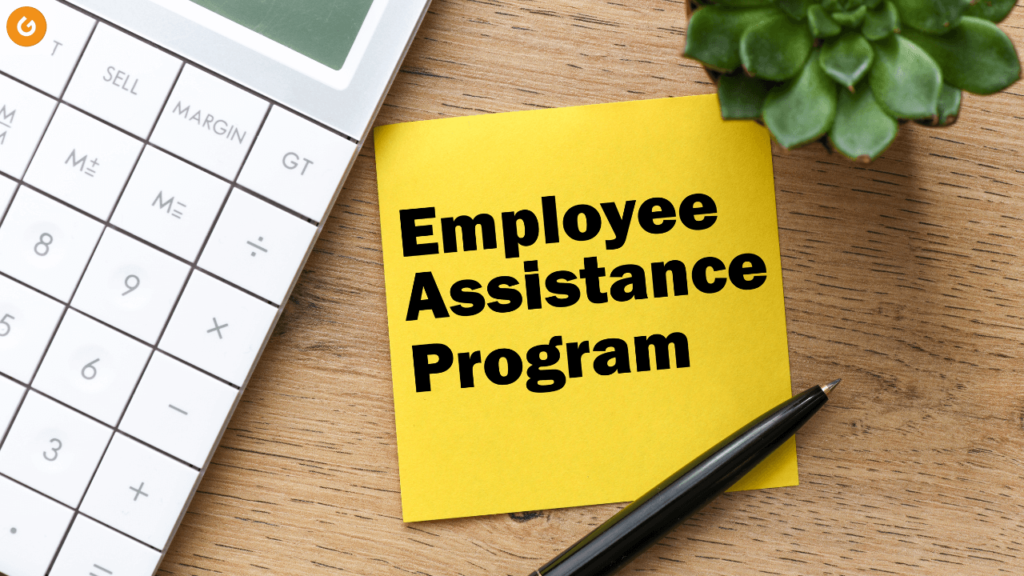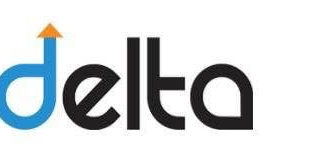Employee Assistance Programs (EAPs) are essential tools that offer employees support in managing personal and work-related issues, thus improving their overall well-being and productivity. In an international context, EAPs become even more important, as they help address the unique challenges faced by employees who work across different countries and cultures. This article will discuss the top 5 benefits of EAPs and share real-life success stories of their implementation, showcasing their positive impact on organizations.
Additionally, we will provide tips for implementing EAPs in various countries and cultural contexts, ensuring that these programs are tailored to the specific needs of each workforce. We will also explore the challenges and potential solutions associated with implementing EAPs internationally, highlighting the importance of a thoughtful and strategic approach.
To illustrate the concepts and strategies discussed in this article, we will present hypothetical case studies, demonstrating how EAPs can be applied in different scenarios. Moreover, we will offer additional considerations and recommendations for EAP implementation, empowering organizations to create comprehensive and effective support systems for their employees around the world.
Quick Navigation
Introduction to Employee Assistance Programs (EAPs)
Employee Assistance Programs (EAPs) are workplace-based support systems designed to assist employees with personal and professional issues that may be affecting their performance, well-being, or productivity. EAPs typically offer a wide range of services, including counseling, legal assistance, and financial advice. They are confidential, professional, and free for employees to access, making them a valuable tool for promoting a healthy work-life balance.
The Importance of EAPs in an International Context
In first-world countries, EAPs have gained prominence as a key strategy for managing employee well-being and ensuring a positive work environment. The growing globalization of business, the rise of remote work, and the increasing need for mental health support in the workplace have all contributed to the importance of EAPs in an international context. By addressing employee concerns and providing support, EAPs help foster a culture of understanding and compassion, ultimately leading to improved productivity and organizational success.
Top 5 Benefits of EAPs

For both employees and organizations in medium to large-sized companies, EAPs offer a host of benefits:
Improved Employee Productivity:
By addressing personal and professional issues, EAPs help employees focus on their work, leading to increased productivity.
Reduced Absenteeism:
EAPs provide support for stress-related and mental health issues, reducing the likelihood of prolonged absences.
Enhanced Employee Retention:
By offering support and resources, EAPs contribute to a positive work environment that encourages employee loyalty and retention.
Better Work-Life Balance:
EAPs help employees manage their personal lives, resulting in a healthier work-life balance and improved overall well-being.
Cost Savings:
By addressing employee issues early and effectively, EAPs can prevent costly outcomes, such as turnover and loss of productivity.
Real-Life Success Stories of EAP Implementations
Several companies have experienced the benefits of EAPs firsthand, with notable examples including Google, which offers a comprehensive EAP with mental health support and crisis intervention, and American Express, which provides a wide range of EAP services, including financial and legal assistance.
Related: List of Top 20 Executive Search firms Worldwide
Tips for Implementing EAPs in Different Countries and Cultural Contexts

When implementing EAPs in different countries and cultural contexts, consider the following aspects:
Customization:
Tailor the EAP services to the specific needs and cultural sensitivities of your workforce.
Language Support: Offer multilingual services to accommodate employees from diverse backgrounds.
Cultural Competence:
Ensure EAP providers are trained in cultural competence to deliver effective, culturally relevant support.
Awareness and Promotion:
Promote the EAP through various communication channels and ensure employees are aware of the available services.
Regular Evaluation:
Continuously assess the effectiveness of the EAP and make necessary improvements.
Challenges and Solutions in Implementing EAPs Internationally
Some potential challenges in implementing EAPs internationally include cultural differences, language barriers, and varying labor laws. Solutions include working with local EAP providers, offering multilingual support, and ensuring compliance with local regulations.
Hypothetical Case Studies
Case Study 1: Tech Company Enhances Employee Retention
A medium-sized tech company in the United States had been experiencing high employee turnover rates, affecting overall productivity and profitability. The management team decided to implement an EAP, focusing on mental health support, stress management, and work-life balance initiatives.
After one year, the company observed a significant decrease in turnover rates and a notable improvement in employee satisfaction. The EAP played a crucial role in creating a supportive work environment that encouraged employee loyalty and engagement.
Case Study 2: Global Manufacturing Firm Reduces Absenteeism
A large manufacturing firm with operations in several first-world countries implemented an EAP that provided counseling services, legal and financial assistance, and wellness programs. The company struggled with high levels of absenteeism due to work-related stress and personal issues among its employees.
Within six months of implementing the EAP, the firm experienced a notable reduction in absenteeism rates. The EAP’s targeted services helped employees address their personal and professional challenges, resulting in a more engaged and present workforce.
Additional Considerations and Recommendations for EAP Implementation

When implementing an EAP, consider the following recommendations:
- Leadership Buy-In: Secure support from top management to ensure a successful EAP implementation.
- Employee Input: Solicit employee feedback to identify the most relevant services and ensure the EAP meets their needs.
- Confidentiality: Ensure strict confidentiality protocols are in place to protect employee privacy and encourage usage of the EAP.
- Integration with Existing Benefits: Align the EAP with existing employee benefits and wellness initiatives to create a cohesive support system.
- Continuous Improvement: Regularly review and refine the EAP based on employee feedback, usage data, and evolving needs.
By following these best practices, medium to large-sized companies can effectively implement EAPs and reap the numerous benefits they offer, leading to a healthier, happier, and more productive workforce.









